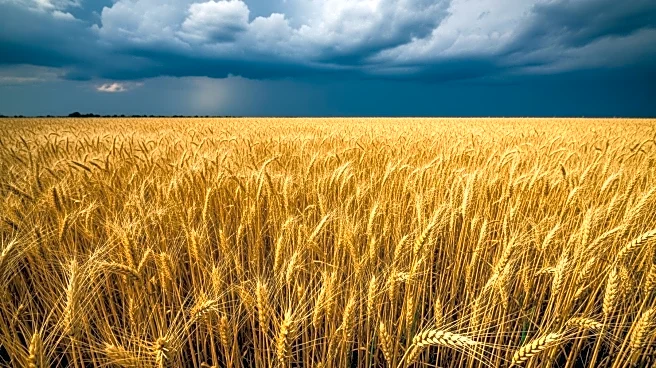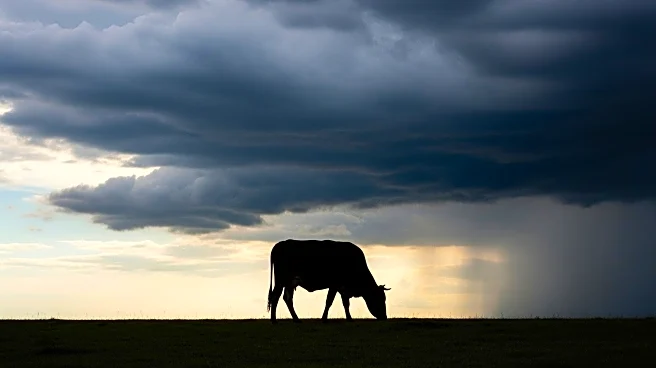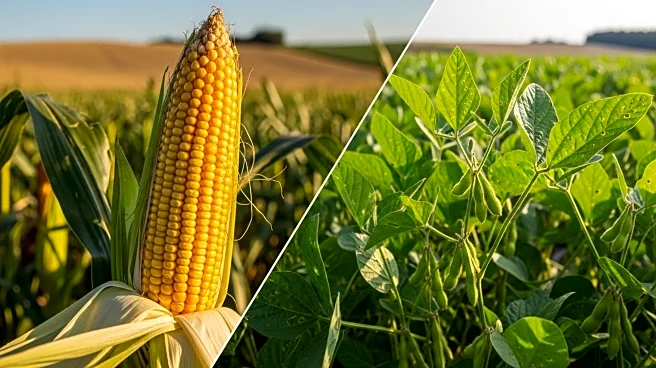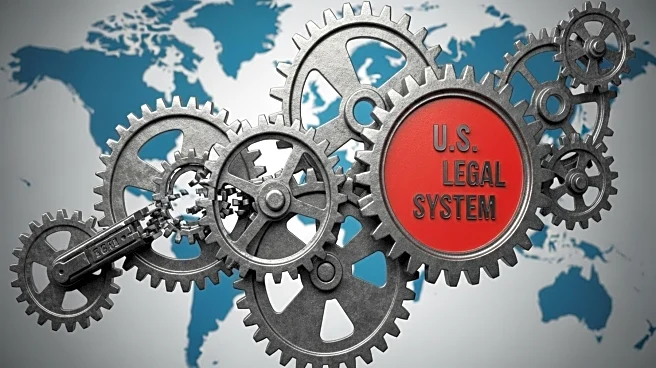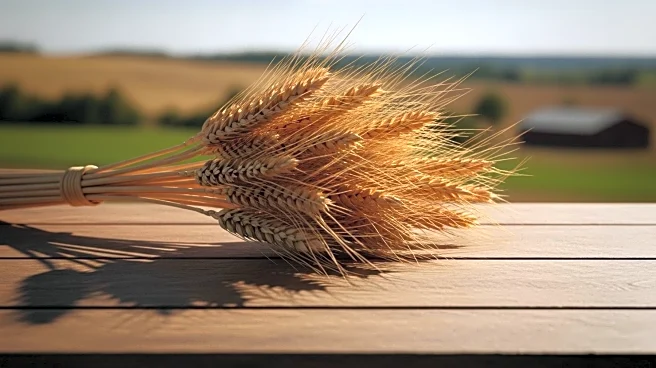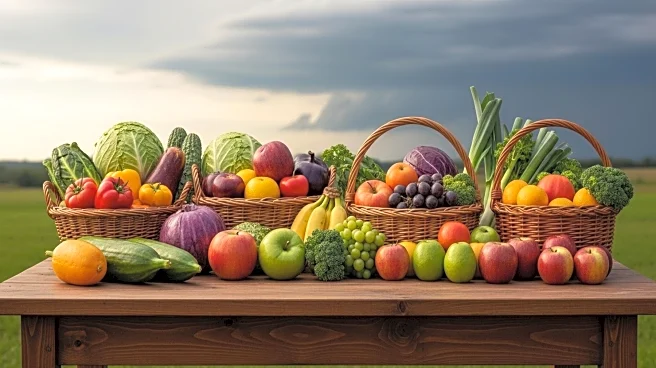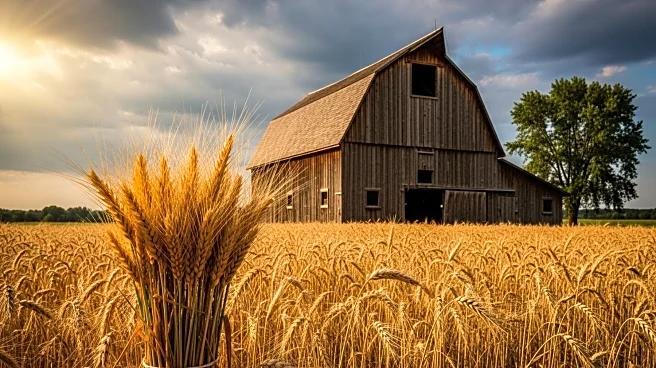What is the story about?
What's Happening?
The U.S. agricultural sector is currently experiencing significant challenges due to trade tensions and rising input costs. The projected agricultural trade deficit for 2025 is expected to reach a record $49 billion, largely driven by retaliatory tariffs from China, Mexico, and the EU, which have reduced agricultural exports by 15%. These tariffs have particularly affected farm machinery manufacturers such as Deere & Co. and CNH Industrial, which are facing increased production costs due to tariffs on steel and aluminum. As a result, companies like AGCO have been forced to raise prices globally to manage these costs. The impact is also felt in rural employment, with farm employment declining by 3.4% year-over-year in Q3 2025, leading to layoffs at major facilities. Rising input costs, including machinery and fertilizer, have further squeezed farm margins, prompting farmers to delay equipment replacements and negotiate lower land rental rates.
Why It's Important?
The current situation in the U.S. agricultural sector has significant implications for the economy and rural communities. The reliance on government payments to buoy net farm income highlights the sector's vulnerability to policy changes. The increased costs and reduced exports could lead to long-term shifts in the agricultural market, pushing agribusinesses towards precision agriculture and AI solutions to maintain profitability. The sector's challenges also affect rural credit providers, with operating loan volumes growing and smaller lenders absorbing most of the risk. The ongoing trade tensions and input cost pressures could reshape the agricultural landscape, influencing investment strategies and policy decisions.
What's Next?
Looking ahead, the U.S. agricultural sector may need to focus on innovation and strategic partnerships to navigate these challenges. The extension of the 2025 Farm Bill, which includes disaster relief and market support, offers some stability. However, the push towards sustainable practices and eco-friendly machinery requires upfront investment, which could strain smaller agribusinesses. Companies investing in high-margin segments like GPS-guided equipment and telematics may find opportunities for growth. Additionally, rural credit providers may need to adopt rigorous underwriting practices and tailor repayment plans to seasonal cycles to manage rising farm debt.
Beyond the Headlines
The deeper implications of the current agricultural challenges include potential shifts in rural economic structures and employment patterns. The focus on mechanization and sustainability could lead to long-term benefits, but also requires significant adaptation from farmers and agribusinesses. The reliance on government subsidies underscores the need for policy alignment to support the sector's resilience. The transition towards precision agriculture and climate-smart technologies may redefine the competitive landscape, offering opportunities for those who can innovate and adapt.
AI Generated Content
Do you find this article useful?
